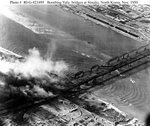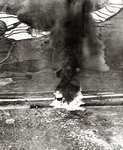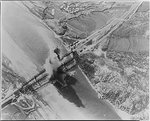wuzak
Captain
Thank you.
You are most welcome.
They may not have exploded every time they got hit but it was a very real possibility.
I guess it depends on where the hits were achieved (firebox and smoke box less likely to cause an explosion), and how much pressure the engineer could relieve from the boiler. And also what sort of ammo is being used - high explosive rounds would probably help the process along a bit!



